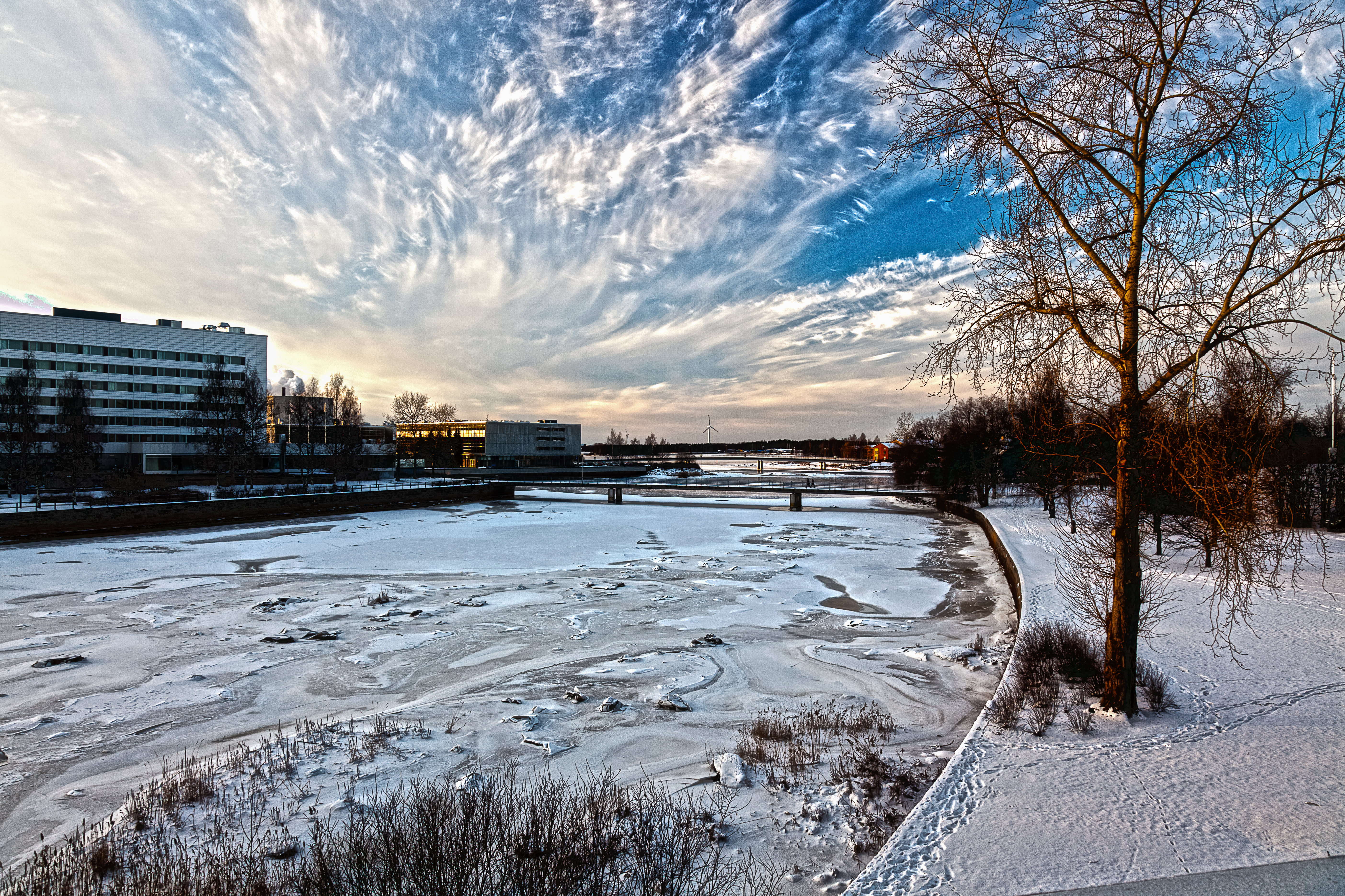How local and regional governments can shape communities in the north

This week, some 2,000 decision-makers, academics, businesspeople and the like gather together in Tromsø, Norway, for the annual Arctic Frontiers conference.
The marquee discussions on Monday involved national legislators, including, at one point, two prime ministers, two foreign ministers and another cabinet-level lawmaker, all involved an ideological dust-up with conservationist-minded types the likes of Jeffrey Sachs, an influential economist.
The situation, local lawmakers say, is typical. “This shows how national capitals still dictate Arctic policy, and that affects local decision-making,” says Madeleine Redfern, the mayor of Iqaluit, Nunavut.
In Redfern’s case, the most recent example of this was the decision, in December, by Justin Trudeau, the Canadian prime minister, to block future offshore oil drilling. The leaders of Canada’s northern territories protested the decision, which they say affected them without taking their concerns into account.
“Legally, we have the right to be consulted on development. As far as we see it, a decision to prevent development is essentially the same thing. We should have been asked,” she says.
While local lawmakers like Redfern remain concerned about the balancing act between development and sustainability, they point out there are other issues they would prefer to focus on first.
“We are more interested in creating a community where people would like to raise children,” says Riikke Moilanen, the chair of the local council in Oulu, Finland.
She suggests that ensuring her city offered residents a clean environment, educational opportunities, jobs, and culture and free-time activities, meant that it did not suffer as badly as it could have after Nokia, a technology firm, shuttered its Oulu research and development lab in 2014, laying off 500 people from a facility that, at its high point, employed 5,000.
“The company pulled the plug, but the people stayed and we rebounded quickly,” she says.
Other things can be done: Oulu, for example, works with Luleå, a northern Swedish city, and Tromsø to develop a regional economy. Here too, success requires taking matters into their own hands. A flight connection linking the three cities, Moilanen recalls, was originally ruled out by national decision makers. Regional lobbying led to a route being established, and has reduced the amount of time it takes to travel between Oulu and Tromsø from 15 hours (flying via Helsinki and Oslo) to two.
Having an east-west route, she says, has had a major effect on business ties, but, she adds, the region can only thrive if there are adequate north-south connections to bring people to and from the region.
Another part of the reason they stuck around, she believes, was the city’s university. “It has given us a profile and allowed for a number of tech businesses to be created.” Currently, Oulu’s population is 200,000. Without the university, she reckons it would shrink to 70,000, both in lost students and lost spin-off jobs.
“Universities do more than attract people to our community to study, they help keep them there to work,” she says.
Tromsø, according to Kirsten Røymo, its mayor, has seen similar benefits from its university, which she includes as one of four reasons why the city has emerged as one of the leading cities in the region, housing research outfits, the main office of the Arctic Council and the Arctic Economic Council.
The city also sells itself on its cultural life, healthy job market and a natural environment. This last, she points out, benefits those who live there and forms the foundation of its tourism industry.
Iqaluit, Redfern notes, lags far behind; in contrast to highly-developed Scandinavia, her city still lacks basic infrastructure, including paved roads. She believes it is possible to get Iqaluit to the same place, but suggests two things are important: taking enough time and choosing the right place to start.
For the first, she believes the city must be looking 25 or 50 years down the road. As for the second, she says the choice is obvious. “The most important things is a university. Without it, we ship our people out of the region.”
Experience shows that, if she builds it, they will stay.